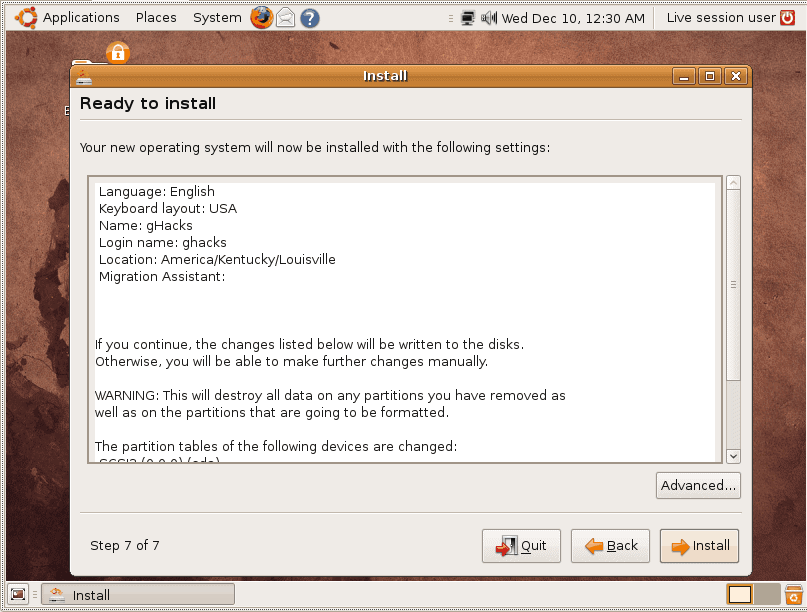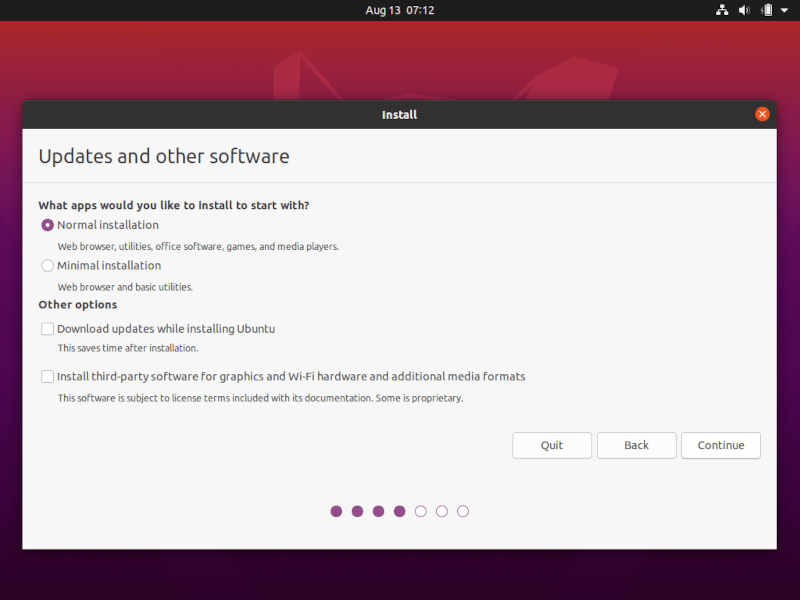

The Linux KERNEL is reliable, however the community often conflates that with whether the desktop is reliable. Even with these static linking app packaging methods, it’s still not comparable to the reliability of the baseline OS and SDKs provided by everyone else for running 3rd party software. The Linux desktop is definitely headed towards distros getting all their apps in flatpack (Fedora Silverblue) or Snap (Ubuntu). Oftentimes, building from source means accessing the developers page which is usually populated with much documentation on the process and pitfalls.“but it seems impenetrable for a newcomer or outsider to get into it.”īecause this is the rabbit hole of trying to fix package managers, dependencies, and the problems they create by creating more problems. (Don't believe what you read on the internet). When building from source, please use this forum as a resource, but stay wary of answers and double-check everything against a variety of sources.

deb packages or from Synaptic- you should be safe the vast majority of time. If you are installing from terminal with apt, or. But when it comes to building from source or building a package known to conflict or in need of directed attention from source it can get dangerous. In installing: 99% of the time, it is not dangerous to install software.

If this is not a high enough version- I would suggest anticipating the upcoming release of Zorin 16 which can support a higher version, perhaps in April. Otherwise, glibc 2.27 from Bionic should be the way to go. Which, I suspect, is the reason you ended up installing from source you wanted a higher version than what was currently available. So, installing glibc 2.29 may throw other errors in any case. The highest supported package for glibc is 2.27 for Zorin OS 15.3. Once complete, if you like, you can then make backups and attempt re-installation of glibc. This way if something goes wrong, you can restore them by renaming to the original file name, removing the -old from the name.

libc-6 and libc-bin - instead of removing, just rename them to -old. Next you will want to use the locate command in terminal and search for any residual glibc configuration files. If glibc successfully is removed, then you may be in the clear as far as that build creating errors. Then find any glibc packages that are checked, right click them and select "Complete Removal".ĭO NOT REMOVE libnss-systemd AND libnss-mdns or any other libnss files. Then run synaptic and hit the Search button on the toolbar. If you do not have synaptic, you can install it with You MAY try a total removal of glibc while the process is not running. In restarting, you may have killed the process for glibc, but as soon as any process needing glibc is started, glibc will also start. Anything that calls on glibc will start throwing errors.


 0 kommentar(er)
0 kommentar(er)
